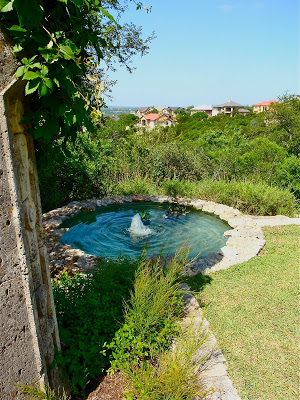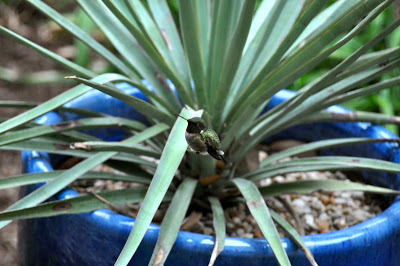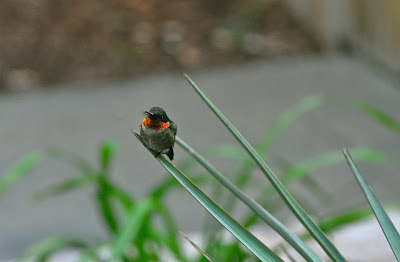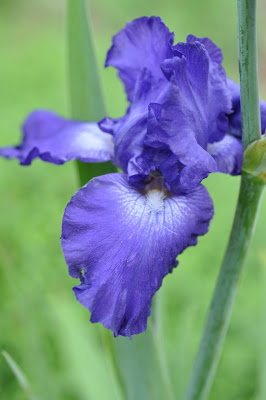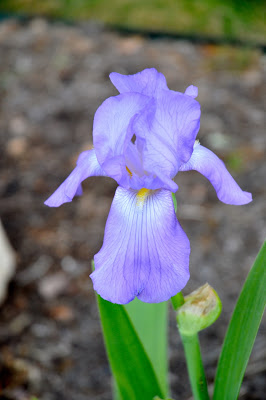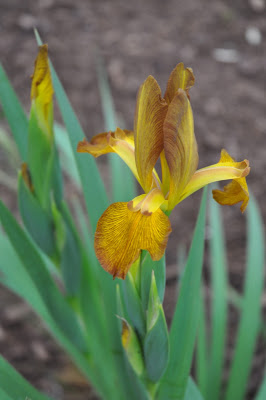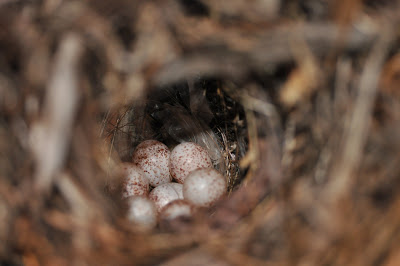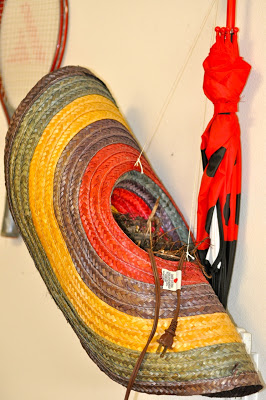Wildflower Center Gardens on Tour 2011 — A Hill Country Paradise
Armed with camera and my blogging buddies Pam of Digging and Robin of Getting Grounded, I ventured out Saturday to explore the gardens on the 2011 Lady Bird Johnson Wildflower Center Gardens on Tour.
Some as different as night and day, each garden offered a different perspective and radiated a unique feel to visitors who came to experience it.
This garden was off of Bee Cave Road and its owner, Tait Moring, is a landscape architect.
The property itself was stunning. 17 acres – mostly undeveloped, but on a Hill Country hillside with amazing views. 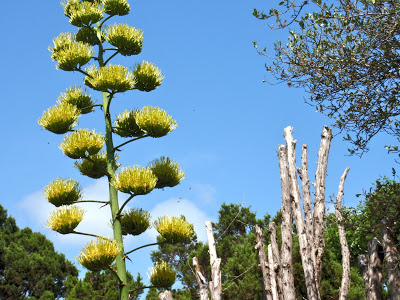 Blooming just in time to put on a show for us, this Agave greeted us as we entered into this Texas-style paradise behind a very tall cedar fence.
Blooming just in time to put on a show for us, this Agave greeted us as we entered into this Texas-style paradise behind a very tall cedar fence. You can see the scale of the fence and the entry as people come into the property.
You can see the scale of the fence and the entry as people come into the property. There were several creative fences and gates leading into different areas of the garden – each with it’s own unique appeal.
There were several creative fences and gates leading into different areas of the garden – each with it’s own unique appeal. Several large ceramic pots provided specimen plant focal points for the garden.
Several large ceramic pots provided specimen plant focal points for the garden. Rockwork throughout the landscape brought in a Hill Country rustic element. Behind the rock wall is a Pittosporum tree that fascinated us with its structural beauty.
Rockwork throughout the landscape brought in a Hill Country rustic element. Behind the rock wall is a Pittosporum tree that fascinated us with its structural beauty. Interesting artwork and statuary dotted the gardens with whimsy and focal points.
Interesting artwork and statuary dotted the gardens with whimsy and focal points. Just off the back deck, a tall cedar fence hides a great outdoor shower complete with local boulders to perch on as you cool of on a hot day.
Just off the back deck, a tall cedar fence hides a great outdoor shower complete with local boulders to perch on as you cool of on a hot day. Up the stairs you can see the back of the shower against the house.
Up the stairs you can see the back of the shower against the house. The deck included a interesting array of xeric plants and attractive pots.
The deck included a interesting array of xeric plants and attractive pots.
 A collector, much of the rock work includes special items Tait has gathered over the years.
A collector, much of the rock work includes special items Tait has gathered over the years. Wouldn’t you love to have a vegetable garden like this? These beautiful rock pottagers were new additions to the garden last winter.
Wouldn’t you love to have a vegetable garden like this? These beautiful rock pottagers were new additions to the garden last winter. Another lovely walkway combining native rock and rough cedar.
Another lovely walkway combining native rock and rough cedar. This simple little water feature was so beautiful and made a lovely little sound in the peace of the garden.
This simple little water feature was so beautiful and made a lovely little sound in the peace of the garden.
This was my favorite garden on the tour. I took dozens more photos, but can only post so many. It is a lovely hideaway that is a testament to an owner with an absolute love of gardening and an amazing talent.

